Today Announces the release of VMware’s vCenter largest release in VMware History. Note. These facts are pre release, thus I will update any changes if necessary, All Facts are direct From VMware.
vCenter Server Features – Enhanced Capabilities
|
Metric
|
Windows
|
Appliance
|
|
Hosts per VC
|
1,000
|
1,000
|
|
Powered-On VMs per VC
|
10,000
|
10,000
|
|
Hosts per Cluster
|
64
|
64
|
|
VMs per Cluster
|
8,000
|
8,000
|
|
Linked Mode
|
✔
|
✔
|
Platform Services Controller
Platform Services Controller includes takes it beyond just Single Sign-On. It groups:
- Single Sign-On (SSO)
- Licensing
- Certificate Authority
Linked Mode Comparison
|
vSphere 5.5
|
vSphere 6.0
|
|
|
Windows
|
Yes
|
Yes
|
|
Appliance
|
No
|
Yes
|
|
Single Inventory View
|
Yes
|
Yes
|
|
Single Inventory Search
|
Yes
|
Yes
|
|
Replication Technology
|
Microsoft ADAM
|
Native
|
|
•Roles & Permissions
|
Yes
|
Yes
|
|
•Licenses
|
Yes
|
Yes
|
|
•Policies
|
No
|
Yes
|
|
•Tags
|
No
|
Yes
|
Certificate Lifecycle Management for vCenter and ESXi
VMware Certificate Authority (VMCA)
Provisions each ESXi host, each vCenter Server and vCenter Server service with certificates that are signed by VMCA
VMware Endpoint Certificate Service (VECS)
Stores and Certs and Private Keys for vCenter Services
vCenter Server 6.0 – VMCA
Root CA
- During installation, VMCA automatically creates a self-signed certificate
- This is a CA certificate, capable of issuing other certificates
- All solutions and endpoint certificates are created (and trusted) from this self-signed CA certificate
Issuer CA
- Can replace the default self-signed CA certificate created during installation
- Requires a CSR issued from VMCA to be used in an Enterprise/Commercial CA to generate a new Issuing Certificate
- Requires replacement of all issued default certificates after implementation
Certificate Replacement Options for vCenter Server
VMCA Default
- Default installed certificates
- Self-signed VMCA CA certificate as Root
- Possible to regenerate these on demand easily
VMCA Enterprise
- Replace VMCA CA certificates with a new CA certificate from the Enterprise PKI
- On removal of the old VMCA CA certificate, all old certificates must be regenerated
Custom
- Disable VMCA as CA
- Provision custom leaf certificates for each solution, user and endpoint
- More complicated, for highly security conscious customers
Cross vSwitch vMotion
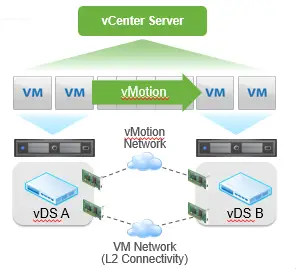
- Transparent operation to the guest OS
- Works across different types of virtual switches
- vSS to vSS
- vSS to vDS
- vDS to vDS
- Requires L2 network connectivity
- Does not change the IP of the VM
- Transfers vDS port metadata
Cross vCenter vMotion
- Simultaneously changes
- Compute
- Storage
- Network
- vCenter
- vMotion without shared storage
- Increased scale
- Pool resources across vCenter servers
- Targeted topologies
- Local
- Metro
- Cross-continental
Requirements
- vCenter 6.0 and greater
- SSO Domain
- Same SSO domain to use the UI
- Different SSO domain possible if using API
- 250 Mbps network bandwidth per vMotion operation
- L2 network connectivity on VM portgroups
- IP addresses are not updated
Features
- VM UUID maintained across vCenter server instances
- Not the same as MoRef or BIOS UUID
- Data Preservation
- Events, Alarms, Tasks History
- HA/DRS Settings
- Affinity/Anti-Affinity Rules
- Automation level
- Start-up priority
- Host isolation response
- VM Resource Settings
- Shares
- Reservations
- Limits
- MAC Address of virtual NIC
- MAC Addresses preserved across vCenters
- Always unique within a vCenter
- Not reused when VM leaves vCenter
Long Distance vMotion
- Cross-continental distances – up to 100ms RTTs
- Maintain standard vMotion guarantees
- Does not require VVOLs
- Use Cases:
- Permanent migrations
- Disaster avoidance
- Multi-site load balancing
- Follow the sun
Increased vMotion Network Flexibility
- vMotion network will cross L3 boundaries
- vMotion can now use it’s own TCP/IP stack
Content Library Overview
- Simple content management
- VM templates
- vApps
- ISO images
- Scripts
- Store and manage content
- One central location to manage all content
- Beyond templates within vCenter
- Support for other file types
- Share content
- Store once, share many times
- Publish/Subscribe
- vCenter -> vCenter
- vCloud Director -> vCenter
- Consume content
- Deploy templates to a host or a cluster
Client Overview and Web client Changes
Client Comparison
vSphere Client
- It’s still here
- Direct Access to hosts
- VUM remediation
- New features in vSphere 5.1 and newer are only available in the web client
- Added support for virtual hardware versions 10 and 11 *read only*
vSphere Web Client
- Performance
- Improved login time
- Faster right click menu load
- Faster performance charts
Usability
- Recent Tasks moved to bottom
- Flattened right click menus
- Deep lateral linking
- Major Performance Improvements
UI
- Screen by screen code optimization
- Login now 13x faster
- Right click menu now 4x faster
- Most tasks end to end are 50+% faster
- Performance charts
- Charts are available and usable in less then half the time
- VMRC integration
- Advanced virtual machine operations
- Usability Improvements
- Can get anywhere in one click
- Right click menu has been flattened
- Recent tasks are back at the bottom
- Dockable UI
vCenter Cluster Support
vCenter server is now supported to be ran in a Microsoft Cluster.
That’s all of the changes we were presented with from VMware. What a ton of changes, I will dig into these more soon.
Update: a post vSphere 6 – Clarifying the misinformation has been posted to clairify any changes that have or will happen between beta and this post. I did my best to validate that my information is correct.
Roger L
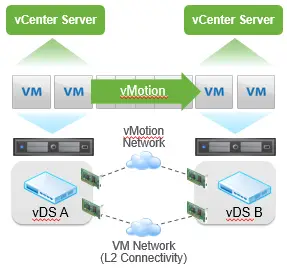


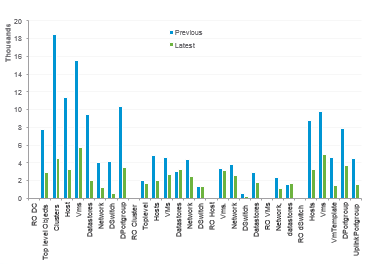
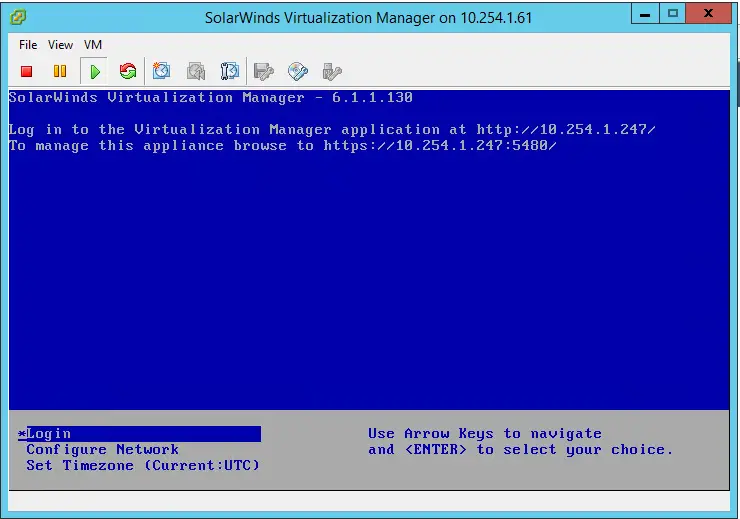
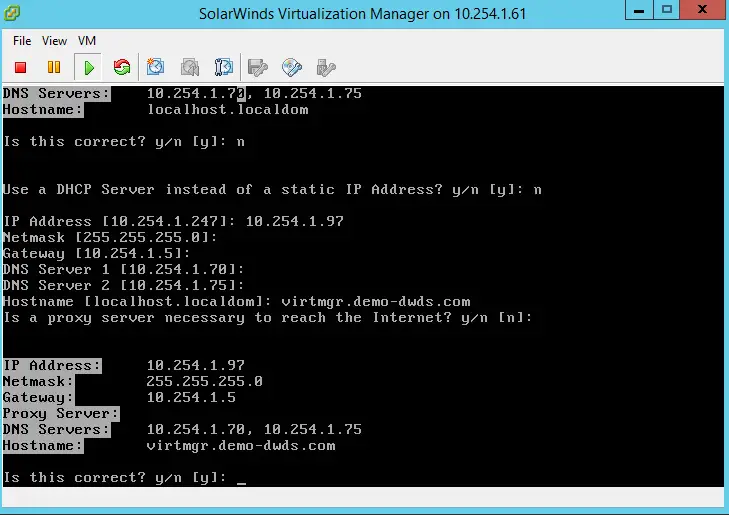

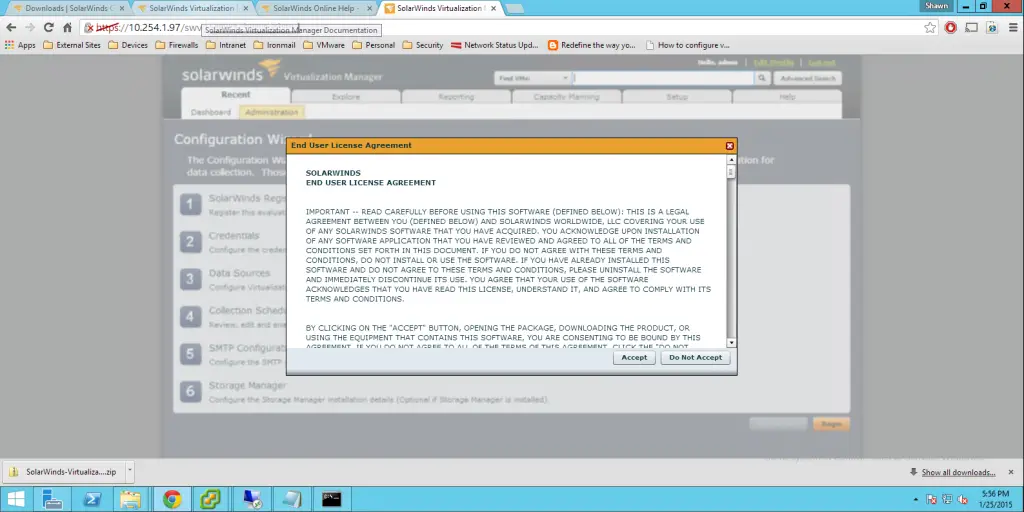

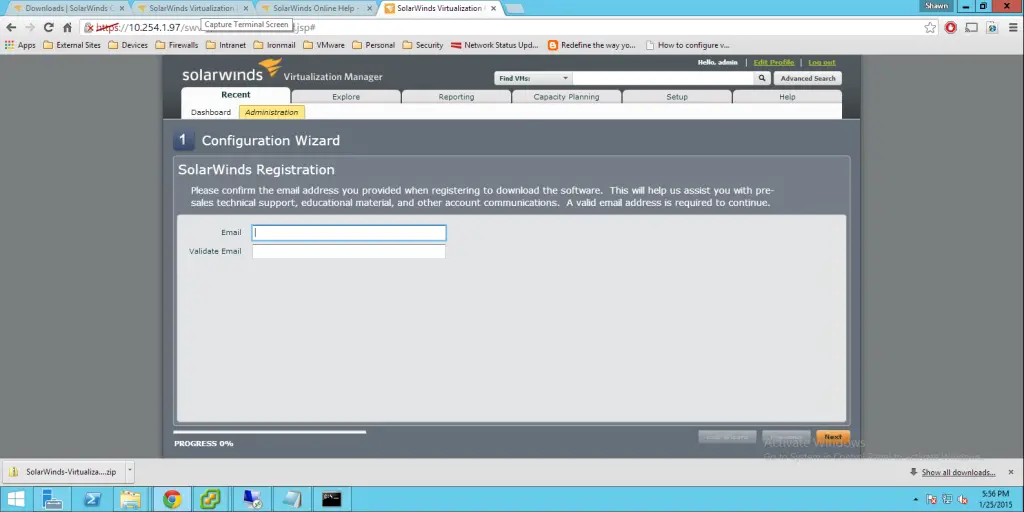
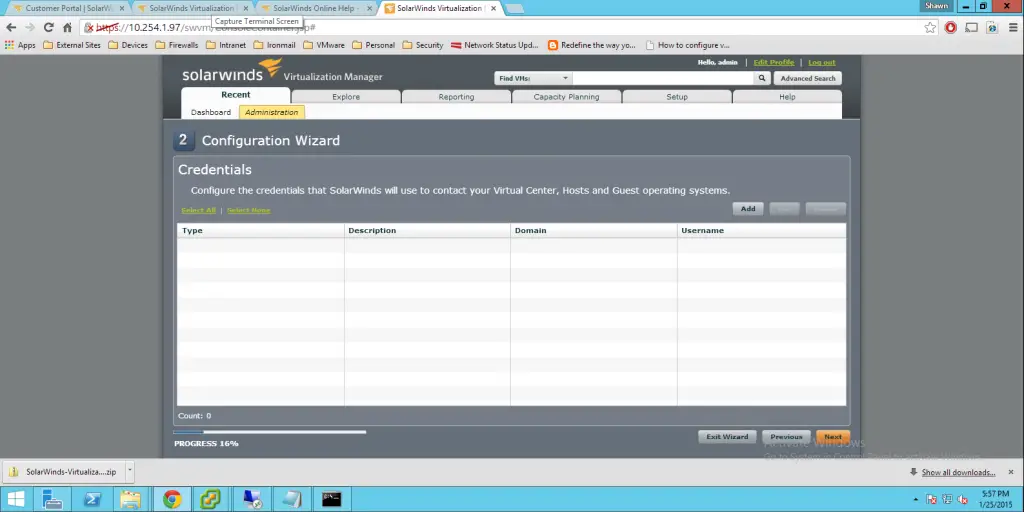


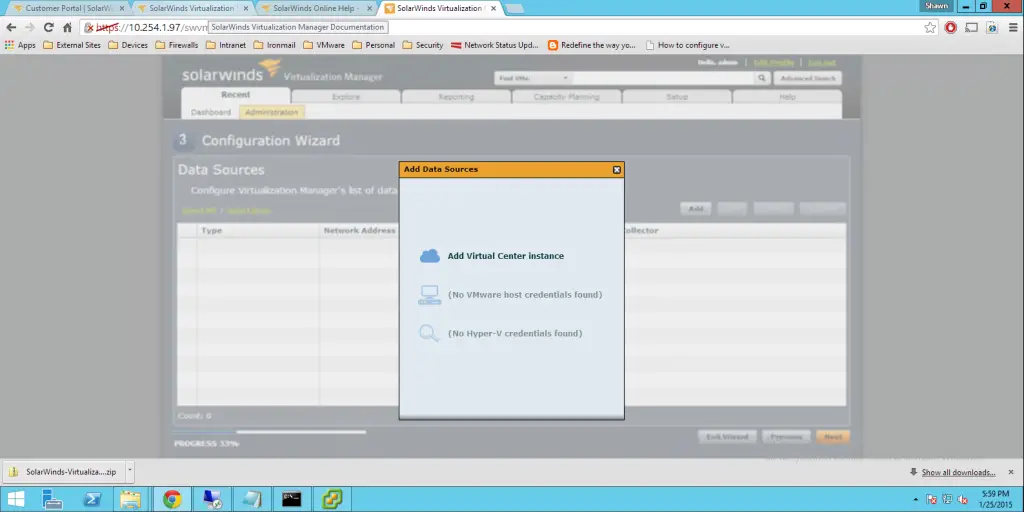


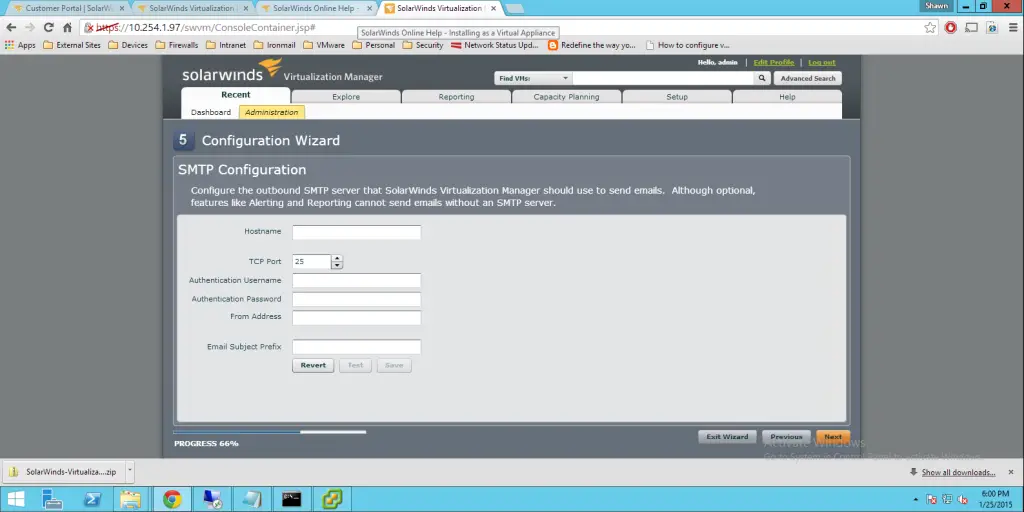
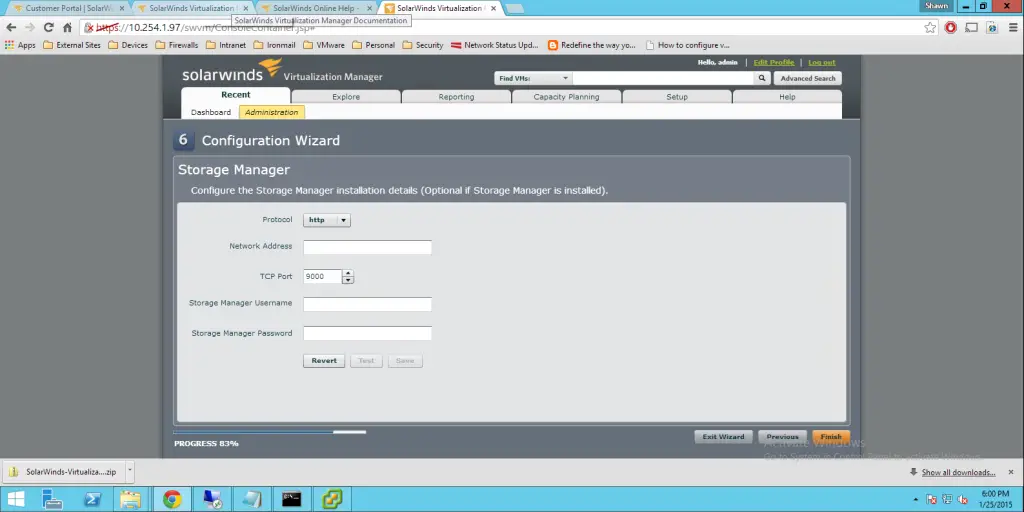

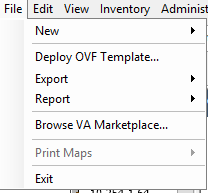
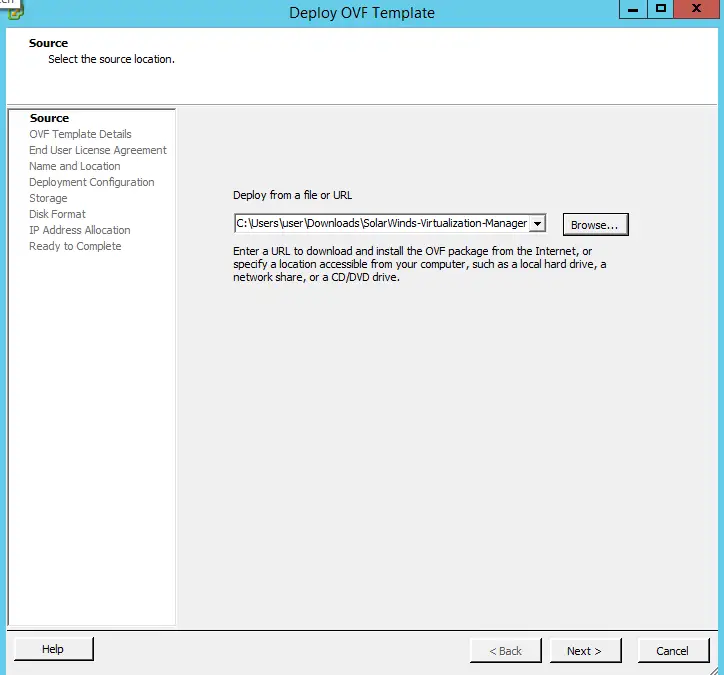

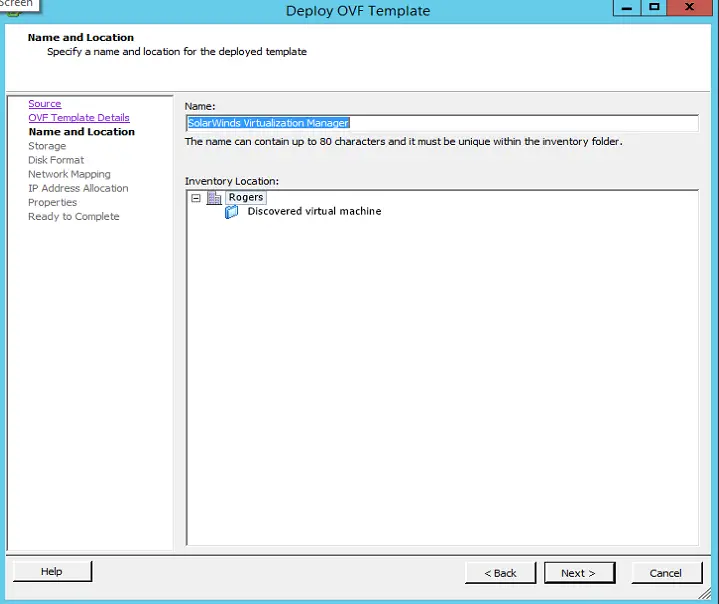
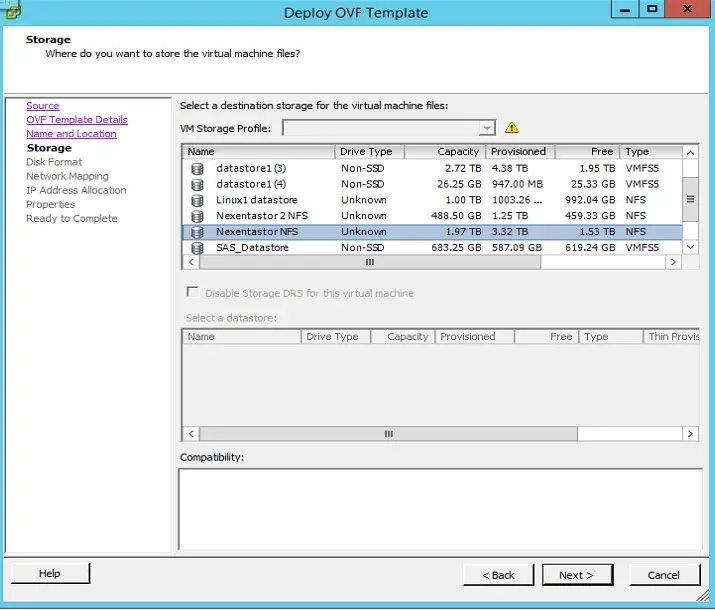



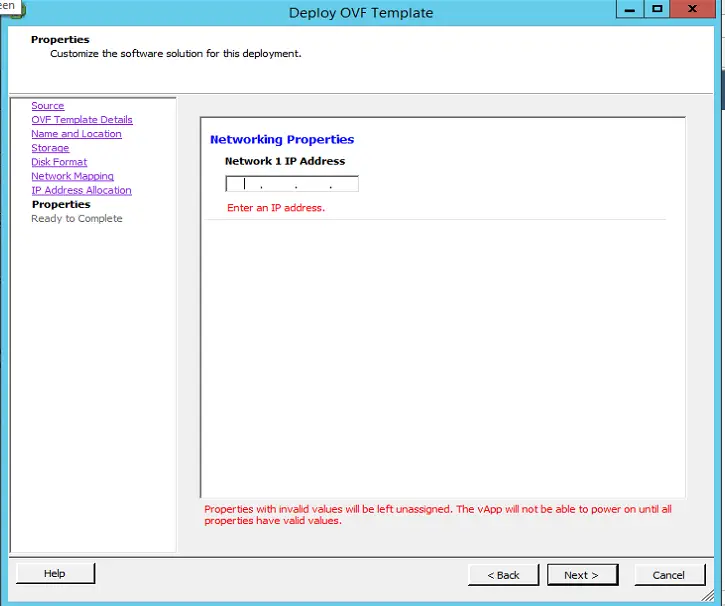
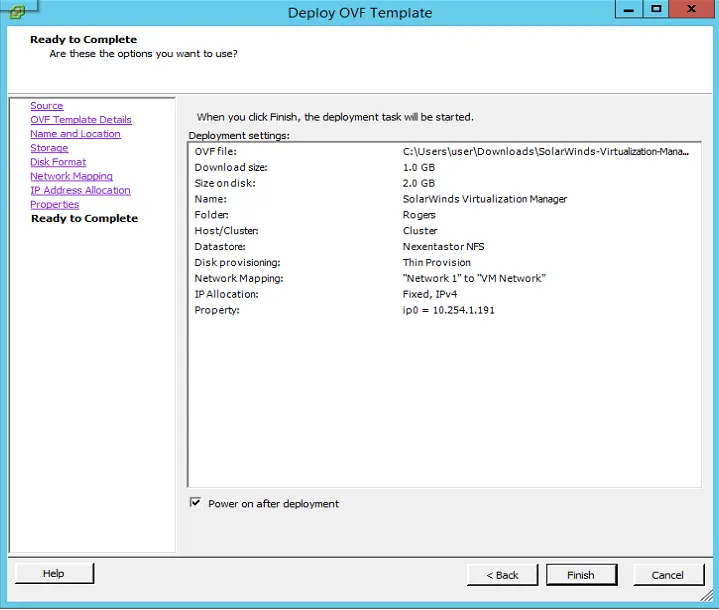
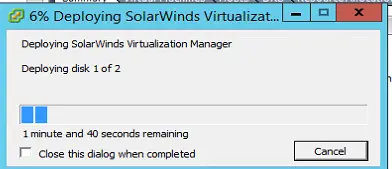

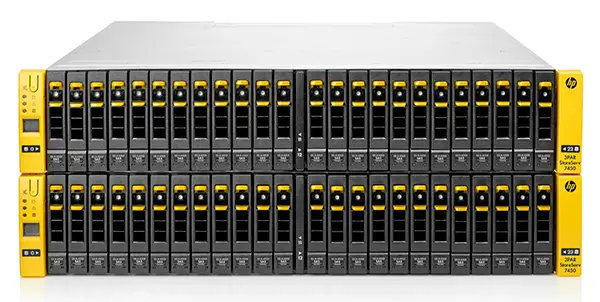

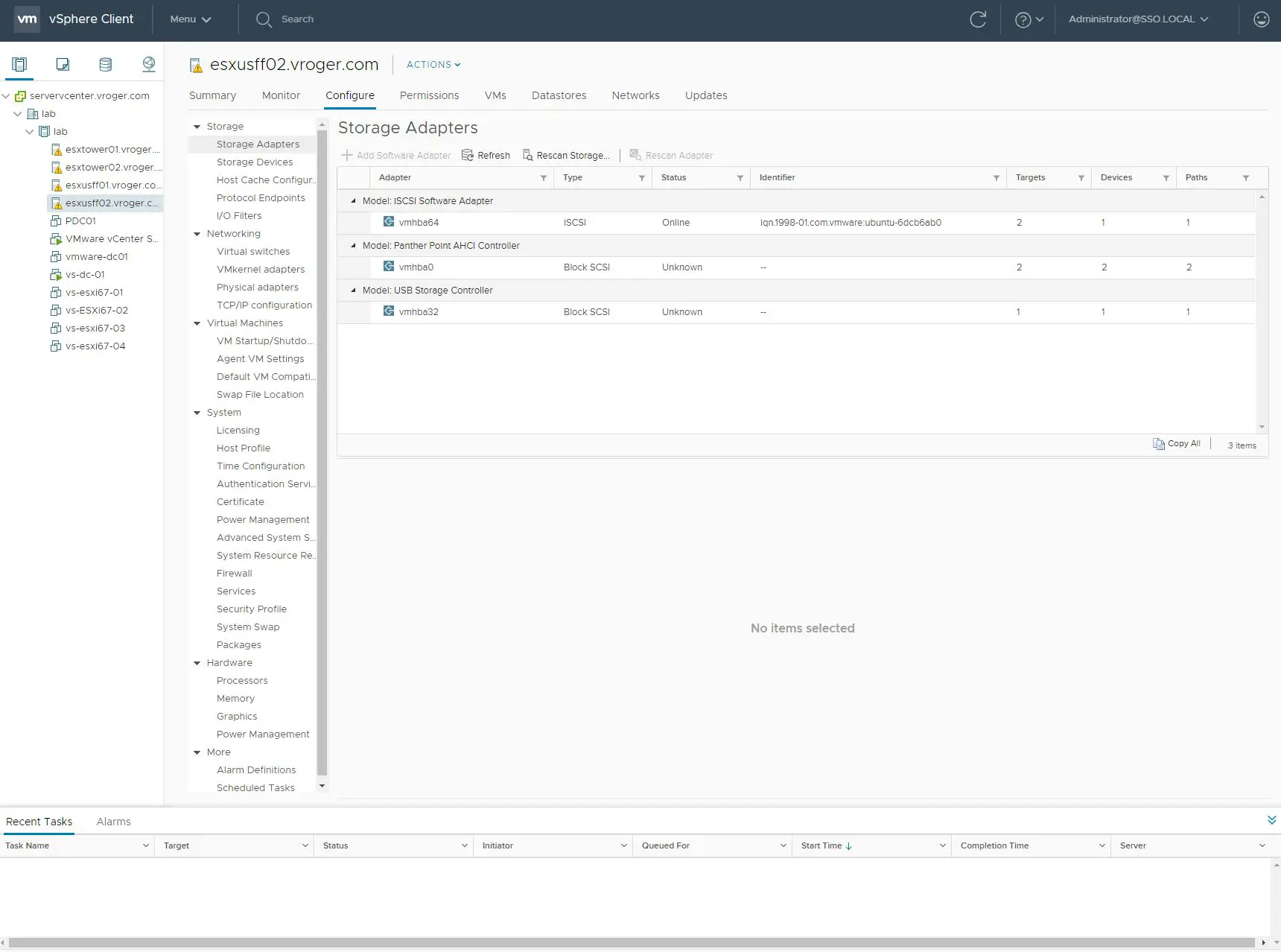
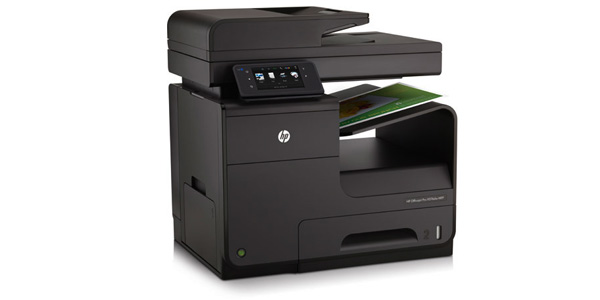
 One of the key differentiators of the OfficeJet Pro X line is the ink used for the printer. According to Larry Tracy, a product manager for the Pro X, the inks have a heavier pigment load and less water than traditional inks. Less water means the print dries faster as its moving through the device. Unlike laser printers that use heat and a fuser to transfer the image to the page, the ink printers have no drying mechanism in them – no fans or heaters. In addition, the durability of the print is much better, according to Tracy. The print on the pages doesn’t smear or run. You may use a highlighter over the print without smudging it and it has superior life versus other inkjet printers. In fact, Tracy says that in their testing the paper will begin to degrade long before the print itself begins the break down.
One of the key differentiators of the OfficeJet Pro X line is the ink used for the printer. According to Larry Tracy, a product manager for the Pro X, the inks have a heavier pigment load and less water than traditional inks. Less water means the print dries faster as its moving through the device. Unlike laser printers that use heat and a fuser to transfer the image to the page, the ink printers have no drying mechanism in them – no fans or heaters. In addition, the durability of the print is much better, according to Tracy. The print on the pages doesn’t smear or run. You may use a highlighter over the print without smudging it and it has superior life versus other inkjet printers. In fact, Tracy says that in their testing the paper will begin to degrade long before the print itself begins the break down.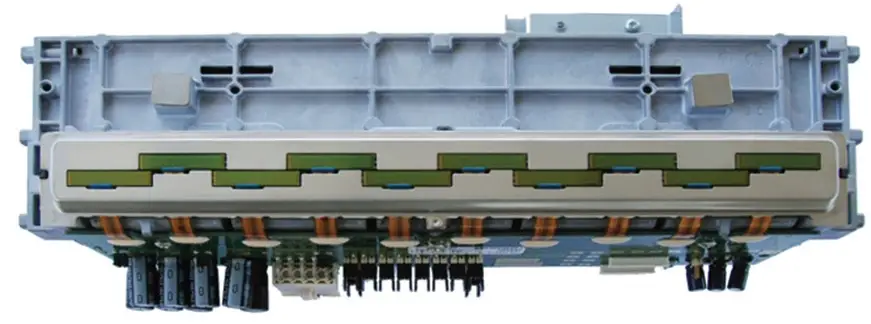
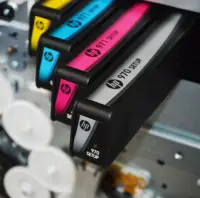 One of the lesser talked about stories with the OfficeJet Pro X line is the eco-friendliness of this printer compared to lasers and other inkjets. The OfficeJet Pro X printers produce less waste than other printers, both laser and inkjet. Ink cartridges for the printer yield 9,200 pages from the black cartridge and 6,000 pages for each of the three color cartridges. As a comparison, most laser printers in the same class yield 4,000 – 7,000 pages. The Buyers Lab performed a study and pitted the OfficeJet Pro X against a Lexmark and found that the Lexmark required almost twice as many ink replacements to produce 150,000 pages. HP has also worked hard to reduce the amount of waste associated with each ink replacement in terms of packaging and precious metals included with the ink wells.
One of the lesser talked about stories with the OfficeJet Pro X line is the eco-friendliness of this printer compared to lasers and other inkjets. The OfficeJet Pro X printers produce less waste than other printers, both laser and inkjet. Ink cartridges for the printer yield 9,200 pages from the black cartridge and 6,000 pages for each of the three color cartridges. As a comparison, most laser printers in the same class yield 4,000 – 7,000 pages. The Buyers Lab performed a study and pitted the OfficeJet Pro X against a Lexmark and found that the Lexmark required almost twice as many ink replacements to produce 150,000 pages. HP has also worked hard to reduce the amount of waste associated with each ink replacement in terms of packaging and precious metals included with the ink wells.